From the Fall 2024 Edition of the Isa Informer
Bull buyers should expect wealth of ‘transferable value’
By Lorenzo Lasater, President
My friend Robert Scott and I have a lot of philosophical cattle conversations. A deep thinker about cattle selection, Robert challenged me to write an article about “transferable value.” Honestly, I had to look it up and give it some thought, but I realized his idea was an important one. This concept directly affects why a bull buyer might choose one bull sale over another and what the buyer might receive in return.
In the vast expanse of agricultural economics, cattle hold a significant place not only as a source of food and raw materials but also as an asset embodying substantial transferable value. This value transcends traditional boundaries, encompassing financial, genetic, and economic dimensions, making cattle an integral part of both rural and urban economies worldwide. Cattle, as tangible assets, represent a form of wealth that is both liquid and stable. Unlike some agricultural products that may spoil or degrade over time, cattle can be bought, sold, or traded, providing a reliable source of income.
“Transferable value” refers to the inherent worth or utility of something that can be passed from one entity to another. This concept is relevant in various contexts: economics and finance, business, knowledge and skills. In essence, anything that holds value and can be transferred from one party to another embodies transferable value.
How would this concept apply to cattle—and more specifically bulls in a production sale? You have heard me talk about our “program,” which are the management policies and procedures that, I believe, sets Isa Beefmasters apart from other breeding establishments. If the program is effective, the buyers of Isa Genetics should be able to reap the rewards of our management. It is our sincere hope that our program adds value to your investment and creates a lasting relationship.This year we are hosting our 63rd bull sale, which, I hope, means we have been able to add value for our customers over these many years and thousands of bulls. I want to walk you through some of the areas where I believe transferable value lies. Some are obvious, some much less so.
 The top bull in Isa’s 2023 sale, L Bar 1095 boasts L Bar 5502, L Bar En Fuego, L Bar Essential and L Bar 7499 in his stacked pedigree.
The top bull in Isa’s 2023 sale, L Bar 1095 boasts L Bar 5502, L Bar En Fuego, L Bar Essential and L Bar 7499 in his stacked pedigree.
Looking back to the beginning of our family’s cattle enterprise, Great-grandfather Edward Lasater settled in deep south Texas in the 1860s. Around the turn of the century, he began experimenting with crossbreeding Bos Indicus bulls (Gir and Guzerat from India and Nelore from Brazil) on the Hereford, or Bos Taurus, cattle at hand. Hereford was all there was in Texas at the time, but they performed poorly in the difficult environment and struggled with many health problems, especially cancer eye. He could see right away that the crosses were far superior to the purebloods. In essence, our family has been tinkering with heterosis and the power that can be unlocked with Bos Indicus genetics for more than 150 years.
With my son Beau joining the business last year, our family has now been working on this project for five generations. Each generation has contributed to and improved the gene pool. The cattle today are much more refined than what we started with 150 years ago, but it was a team effort to transform them across these generations. The duration of this undertaking is unique amongst breeding establishments of any breed and results in transferable value that others can’t replicate.
FERTILITY
One of the less obvious manifestations of our cattle’s transferable value lies in the genes of their mothers. Since the 1940s we have exposed our heifers at 14 months for a short season (45–60 days currently) to calve at two years old and required them to do so every year. This policy is intertwined in the guiding philosophy of Beefmasters, the Six Essentials. While not uncommon today, it was unheard of in the 1940s. And even today, many breeding establishments calve later and extend the breeding season—or don’t have one at all. While this is obviously easier, it negatively impacts selection for fertility. This consistent application of a simple policy has imprinted remarkable early fertility onto our females, which is passed on today to the daughters of the bulls you buy.
LONGEVITY
Another valuable outcome of our breeding program is longevity, which is critically important to profitability. A cow that lasts 12 years provides a radically different financial outcome than one that lasts five. Requiring every female to wean a calf each year or be removed means that only the genetics that can survive under extreme management will thrive and expand. The same example can be made of disease resistance, productivity and adaptability.
RESEARCH & DEVELOPMENT
A bull buyer can also reap the rewards of transferable value through Research and Development. Most commercial outfits can’t afford to invest in R&D for important traits like carcass quality and feed efficiency. However, we have invested heavily in these efforts over the years, and the benefits of the research and the improvements that stem from it flow through to our customers. For example, we had two pens of steers in 2023 grade 94% Choice or better. These results did not happen by accident. And that value is there for our customers to take advantage of.
In addition, the data accompanying each bull on sale day allows our customers to make informed choices that will impact their desired genetic direction. Our sale catalog contains 50 data points, including full pedigree, phenotypic data, and both grass and feed gain tests. We sonogram every bull for carcass quality. All data is displayed relative to his peers so a buyer can select the bulls that best meet his needs. We DNA every bull, which guarantees each pedigree is verified and yields Genomic Enhanced EPDs, which improve accuracy. Finally, we have developed our own $Isa index that synthesizes all this data into a single number buyers can use to rank the bulls. We believe there is tremendous transferable value in all of this. Ask yourself if your bull provider has put this muc h effort into making your buying process bomb-proof?
CONSISTENCY
The final concept inherent in our herd’s transferable value is consistency, which in turn improves consistency in our customers’ calves. I wake up every day thinking about making our cattle more consistent in phenotype, muscling, performance, color, style and genetics. It’s the old “peas in a pod” idea, but it is very difficult to achieve. We have been building toward it for five generations, and there is still much work to be done.
I think one of the key components of consistency in our program is linebreeding, which allows the breeder to more quickly move the needle for traits they deem important. The best way to achieve this is to limit the influence of outside genetics, essentially reaping the rewards of our own transferable value. I would not be able to do this as a new breeder but am blessed to build on the labors of preceding generations.
This is not to say we don’t use outside genetics. While the Foundation and Casey herds have been closed for many years, we have bought a lot of outside females over the years to grow numbers, and they play an important role. However, I don’t find many outside sires that can add more value to our herd than what we produce internally. You may think that is ego talking, but I believe wholeheartedly in our program and product.
Pictured at right is the catalog data for the first bull in last year’s sale. His pedigree is heavily loaded with L Bar, but if you go back five generations, it is even more deeply stacked. His Inbreeding Coefficient is 15%, which is pretty high. L Bar 5502 appears three times, and L Bar 7499, Essential and En Fuego are all reflected twice. L Bar 5502 was the first major sire that we bred and raised after I joined the business in 1993, and these sires represent decades of faithfully stacking the sires we believe in on this great L Bar cow herd.
Finally, what does the future hold? In a world of dwindling resources, we know we’ll need to innovate. This means increasing efficiency, finding ways to increase sustainability, and more precisely targeting our management and resources for optimized efficiency. I look forward to striving to meet this challenge and watching my kids and grandkids carry the torch of transferable value forward.
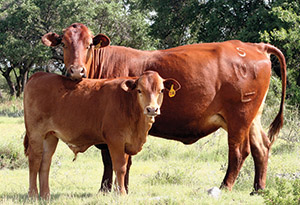

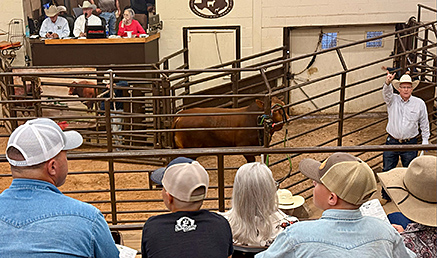 L Bar 3544 was the high-selling bull in the company’s 64th bull sale.
L Bar 3544 was the high-selling bull in the company’s 64th bull sale.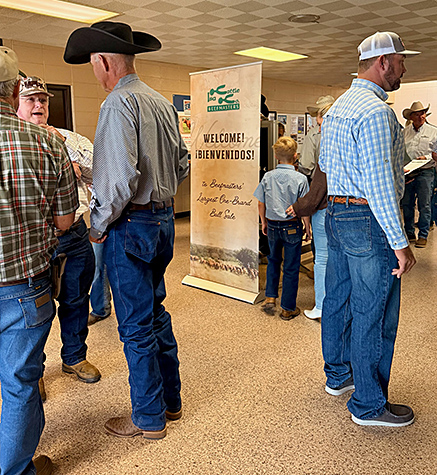
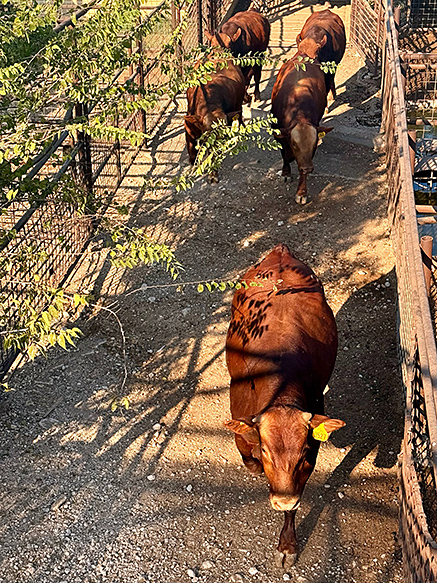
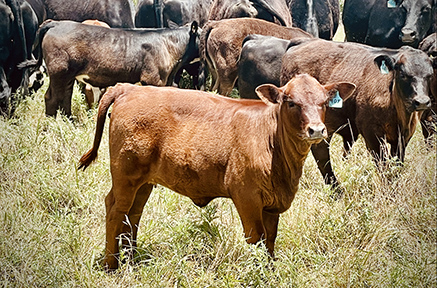 This Beefmaster x Angus cross heifer is part of a study at the Noble Research Institute in Ardmore, Oklahoma.
This Beefmaster x Angus cross heifer is part of a study at the Noble Research Institute in Ardmore, Oklahoma.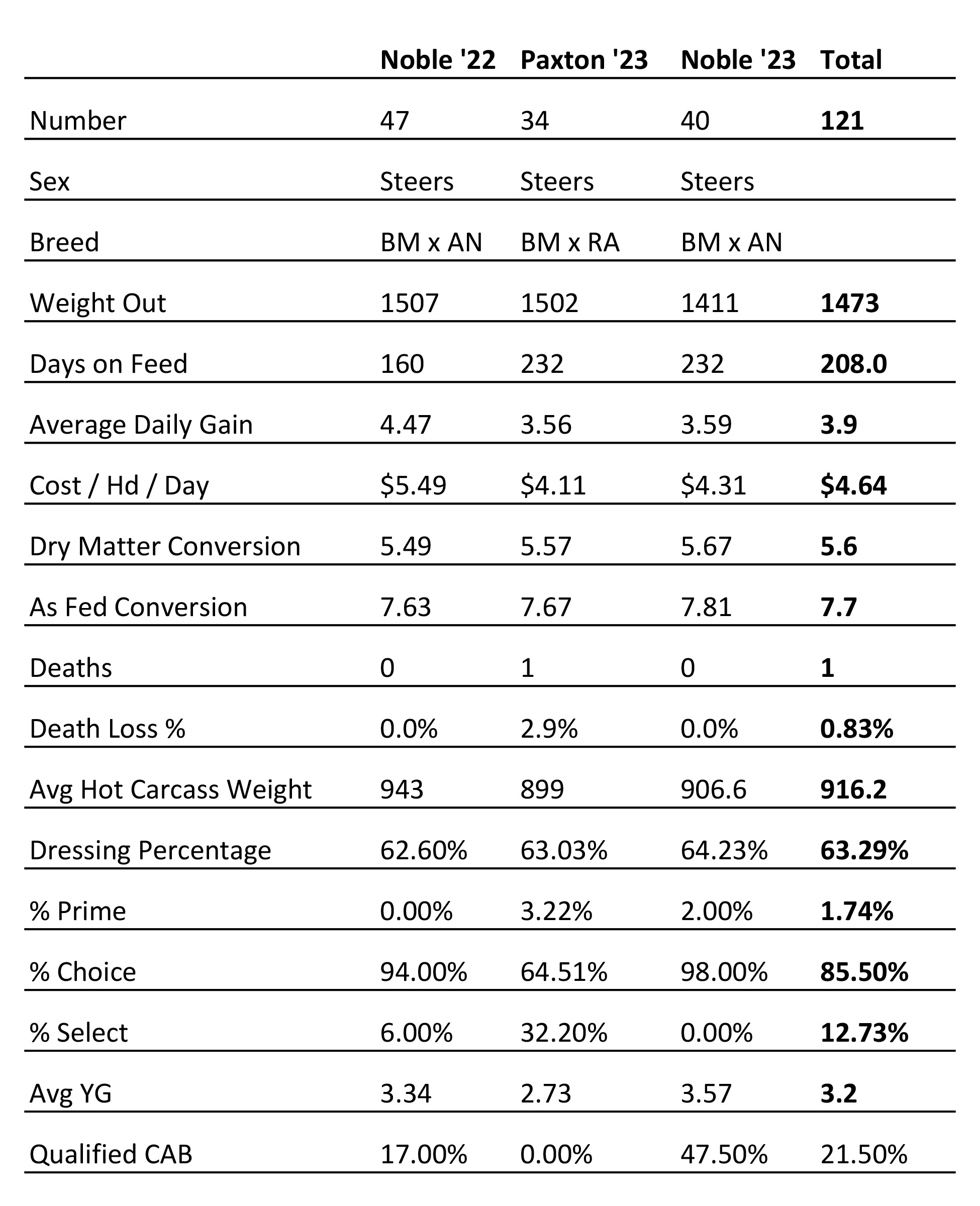 Cumulative results of the 2020 Beefmaster feeding study
Cumulative results of the 2020 Beefmaster feeding study Annette Lasater passed away on June 21, 2025, and Laurie Lasater passed away on July 2, 2025.
Annette Lasater passed away on June 21, 2025, and Laurie Lasater passed away on July 2, 2025.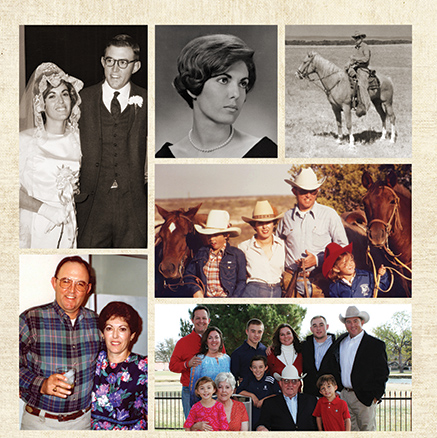
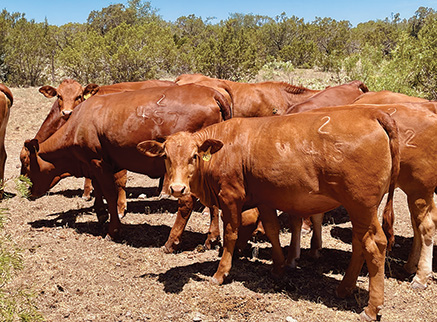 These beautiful yearling heifers are thriving despite having access to little grass during a tough Texas summer, ensuring their success in other demanding environments.
These beautiful yearling heifers are thriving despite having access to little grass during a tough Texas summer, ensuring their success in other demanding environments.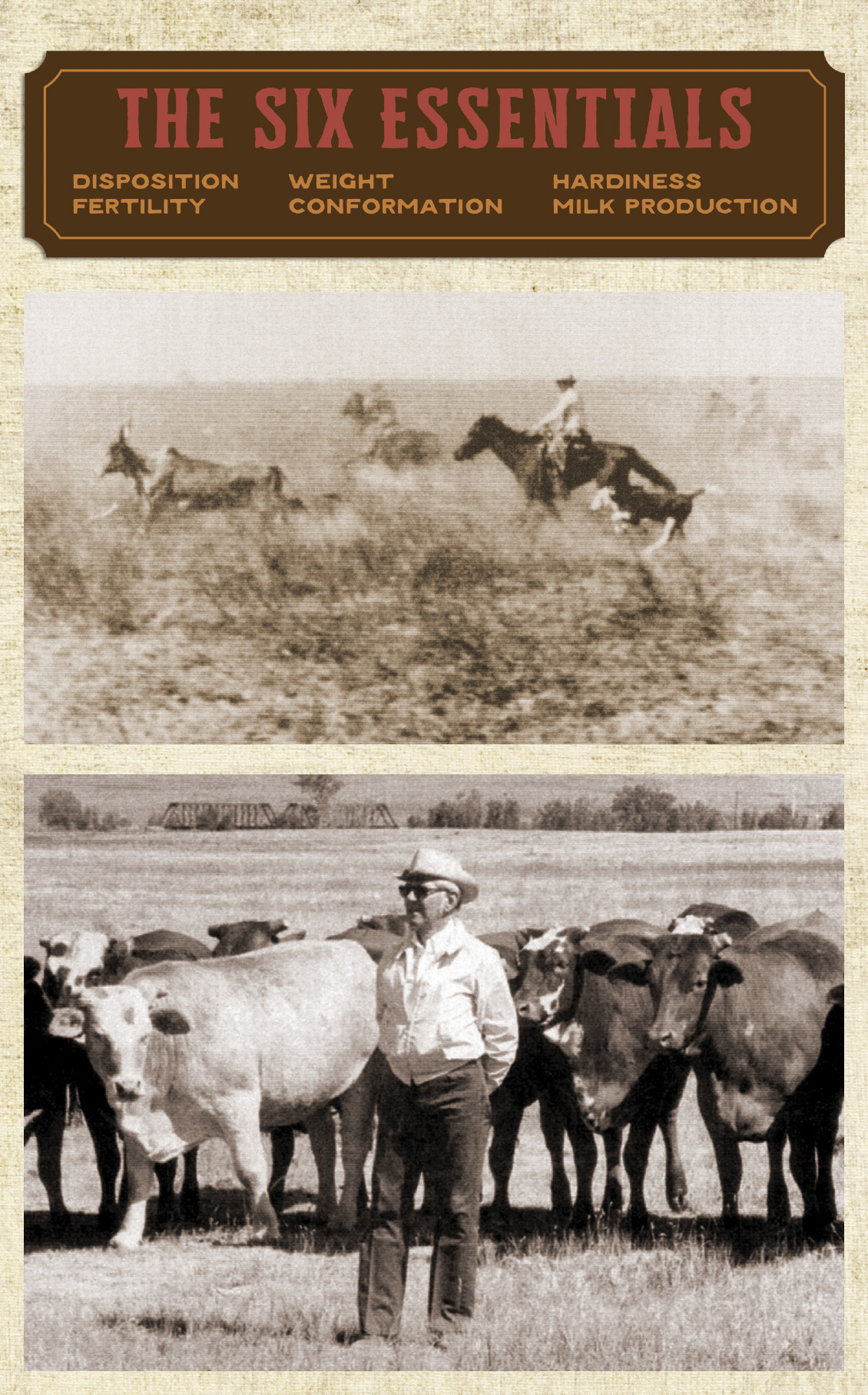 Tom Lasater (pictured in Falfurrias, Texas, in the 1930s and in Matheson, Colorado, in 1975) began developing Beefmasters and his Six Essentials in 1931 when he took over the family ranching operation after his father’s unexpected death. Our family has applied these critical traits, in balance, for nearly 90 years.
Tom Lasater (pictured in Falfurrias, Texas, in the 1930s and in Matheson, Colorado, in 1975) began developing Beefmasters and his Six Essentials in 1931 when he took over the family ranching operation after his father’s unexpected death. Our family has applied these critical traits, in balance, for nearly 90 years.  One of the Six Essentials, milk production is key to growing healthy calves that will be heavy at weaning with minimum inputs.
One of the Six Essentials, milk production is key to growing healthy calves that will be heavy at weaning with minimum inputs.

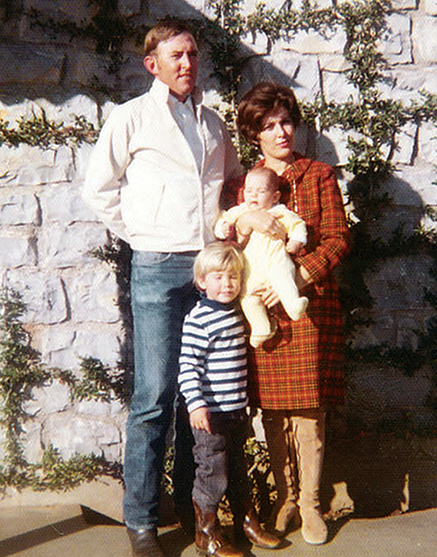 Laurie, Annette, Lorenzo and Isabel at Rancho Santa Cruz in 1972, the year The Lasater Philosophy was first published.
Laurie, Annette, Lorenzo and Isabel at Rancho Santa Cruz in 1972, the year The Lasater Philosophy was first published.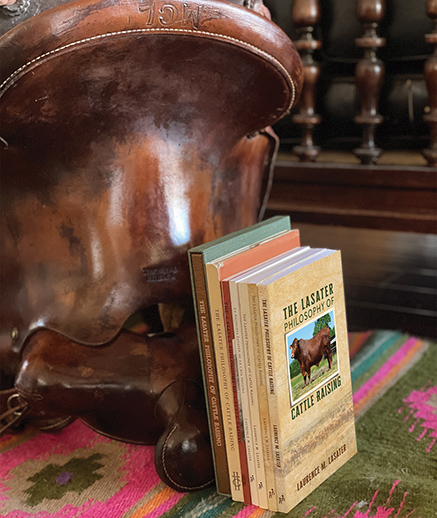


 L Bar 2081 was one of the high-selling bulls in the company’s 63rd bull sale.
L Bar 2081 was one of the high-selling bulls in the company’s 63rd bull sale.
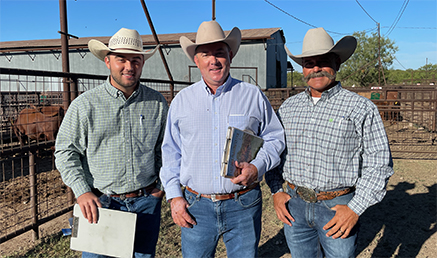 Beau Lasater, Lorenzo Lasater and ranch foreman Todd Bannert
Beau Lasater, Lorenzo Lasater and ranch foreman Todd Bannert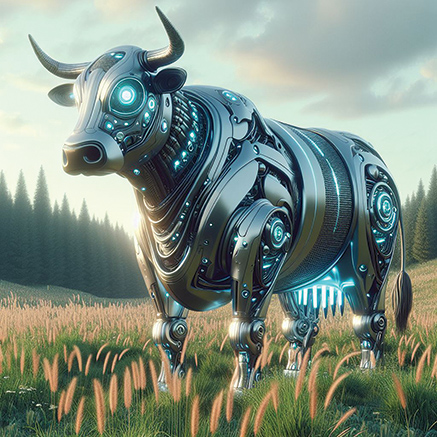 I created this robot cow graphic using A.I. on www.copilot.microsoft.com. I literally said “draw a robot cow” and got this image 12 seconds later.
I created this robot cow graphic using A.I. on www.copilot.microsoft.com. I literally said “draw a robot cow” and got this image 12 seconds later.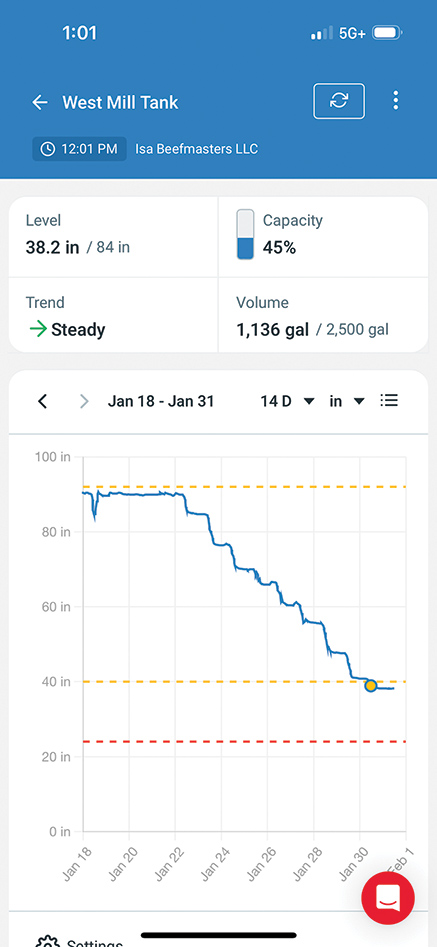 Ranchbot remote water monitoring provides us with real-time readings for our hard-to-reach tanks.
Ranchbot remote water monitoring provides us with real-time readings for our hard-to-reach tanks.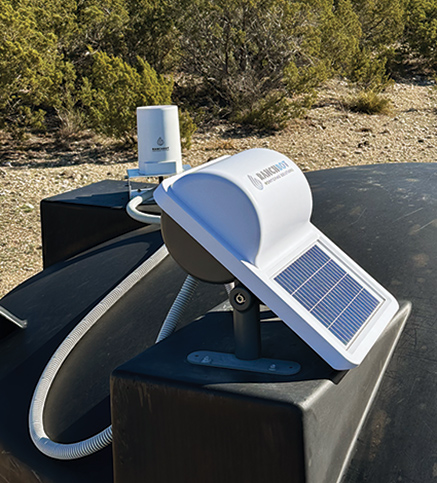

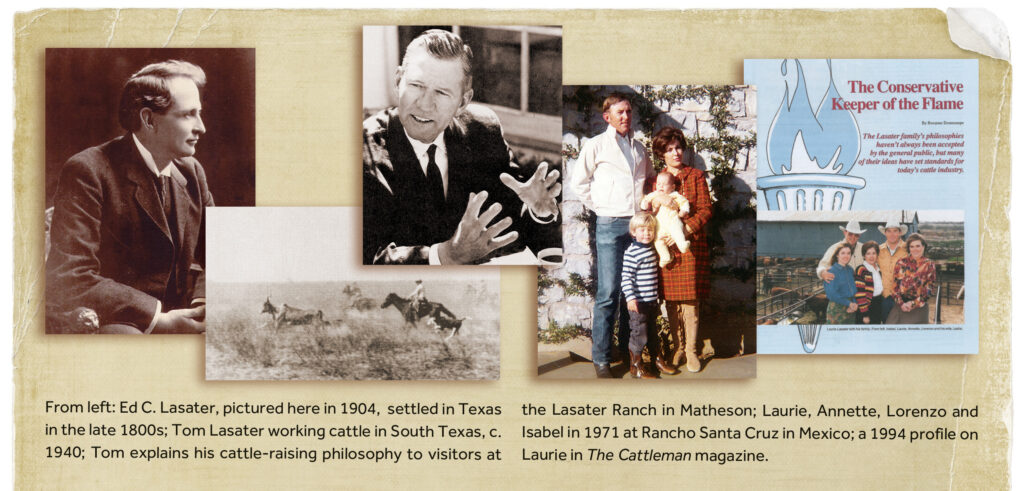
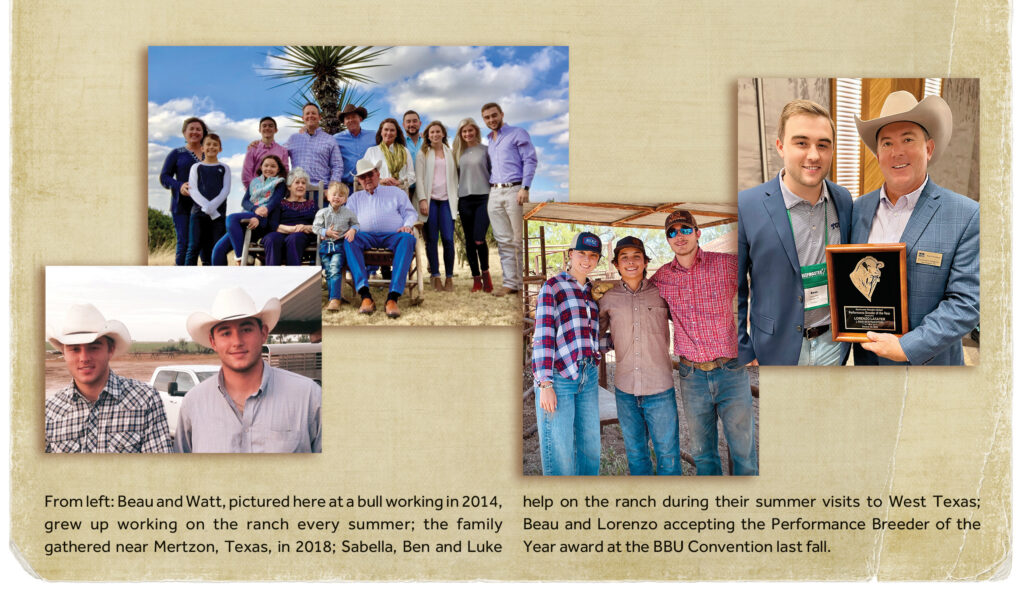
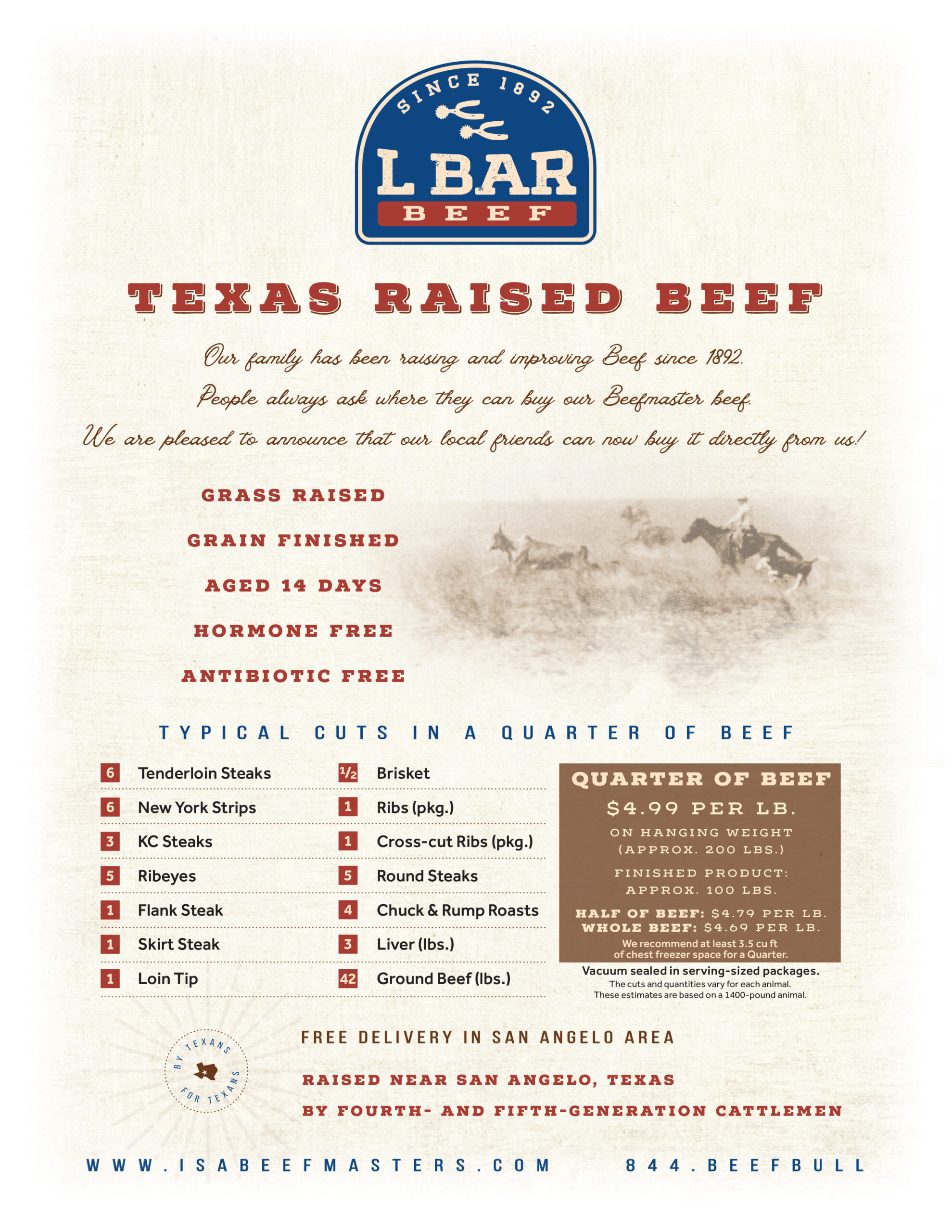
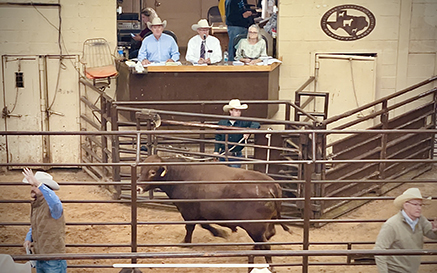 Jose Rodriguez of Mexico bought the 2023 high-selling bull, L Bar 1098.
Jose Rodriguez of Mexico bought the 2023 high-selling bull, L Bar 1098.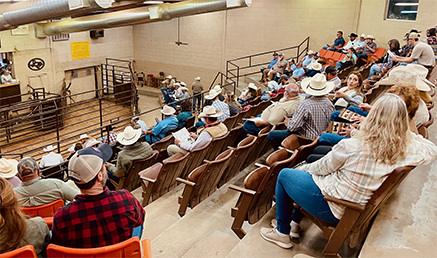
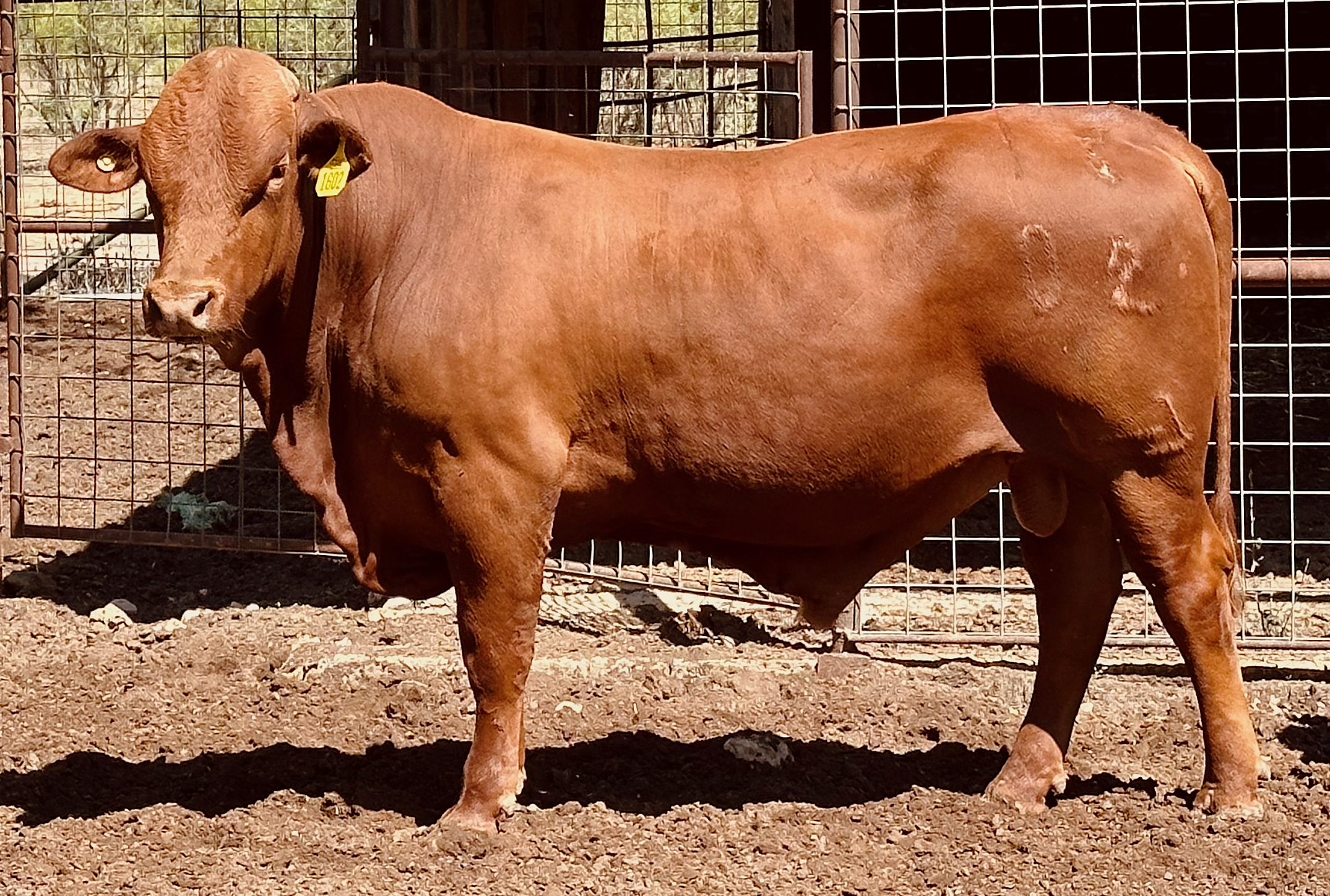
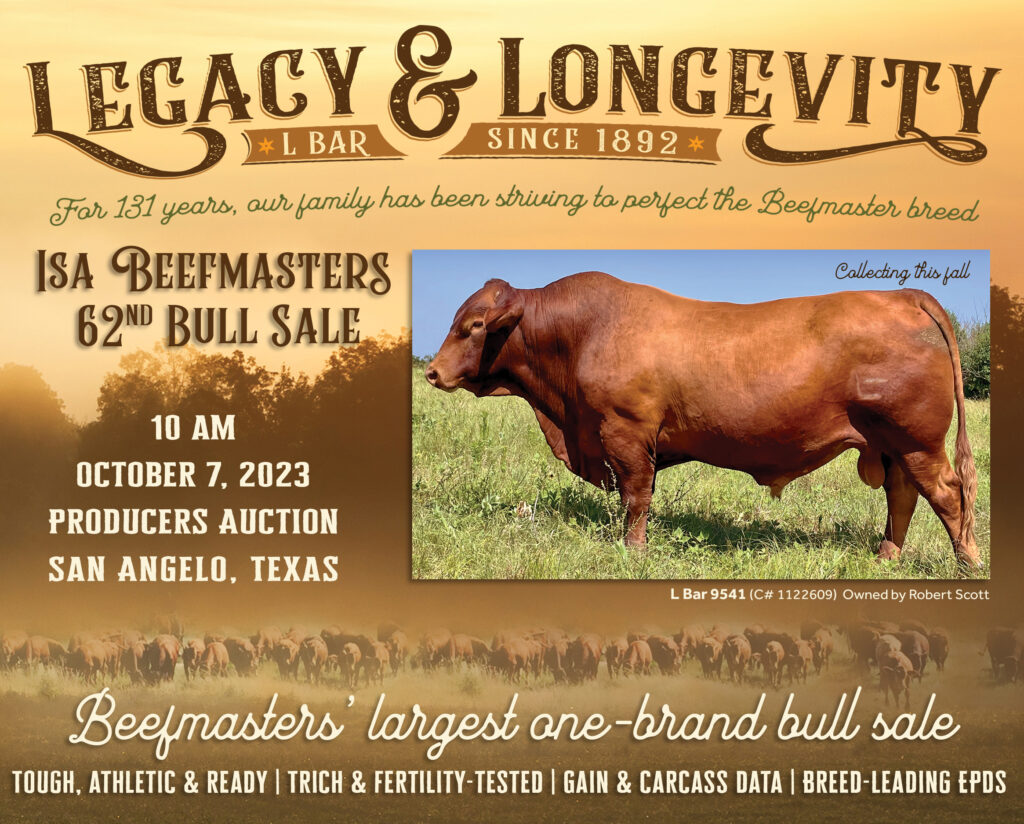
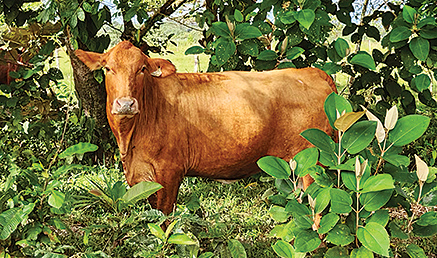 A Beefmaster-cross cow in Panama.
A Beefmaster-cross cow in Panama.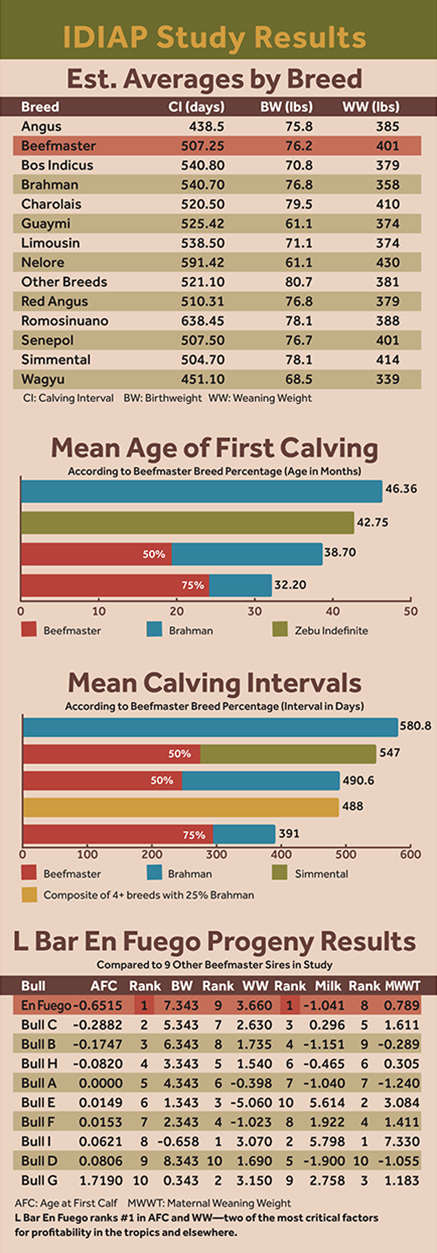





 Translate
Translate